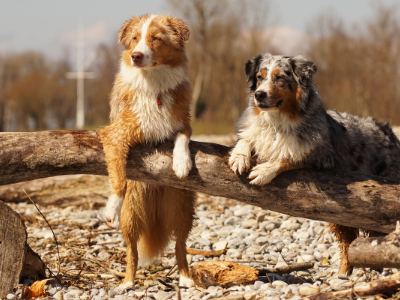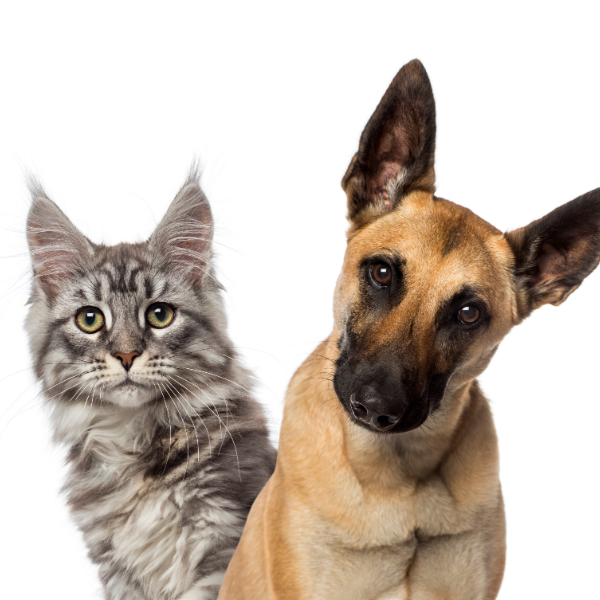Seven Tips to Keep Your Raw Pet Food Safe
Keep Frozen
Be sure to put your pet’s food straight in the freezer when you get home. Raw food has the potential to spoil, if allowed to thaw or sit at room temperature.
Fresh Bowl
Ensure that a clean bowl is used each time you serve your pet raw pet food. Do not serve raw pet food in a bowl that has not been cleaned.
Serving Sizes
Only serve your pet the amount you expect them to eat, or even a little less. You are better off providing a second helping then having leftovers.
Discard Left-overs
Once meal time is over, discard what is left in the bowl, and once again, clean the bowl thoroughly. If left out, left-overs can quickly spoil.
Clean Utensils
Make sure that any utensils or tools that you use to serve your pet the raw food is not used to scoop or serve other pet food products. And after you have served your pet the raw pet food, wash those tools or utensils right away to avoid the build-up of pathogens that can occur if the tools is left to sit for a time before cleaning.
Wipe Surfaces
Take extra care to ensure you have a clean home. Wipe down all of your counters and surfaces with soapy water before and especially after you have served your pet it's raw pet food.
Wash Hands
When handling your pet’s food, wash your hands thoroughly before and after.
If you have any additional questions or concerns, please be sure to contact our office and we'll be happy to provide what information we can.


